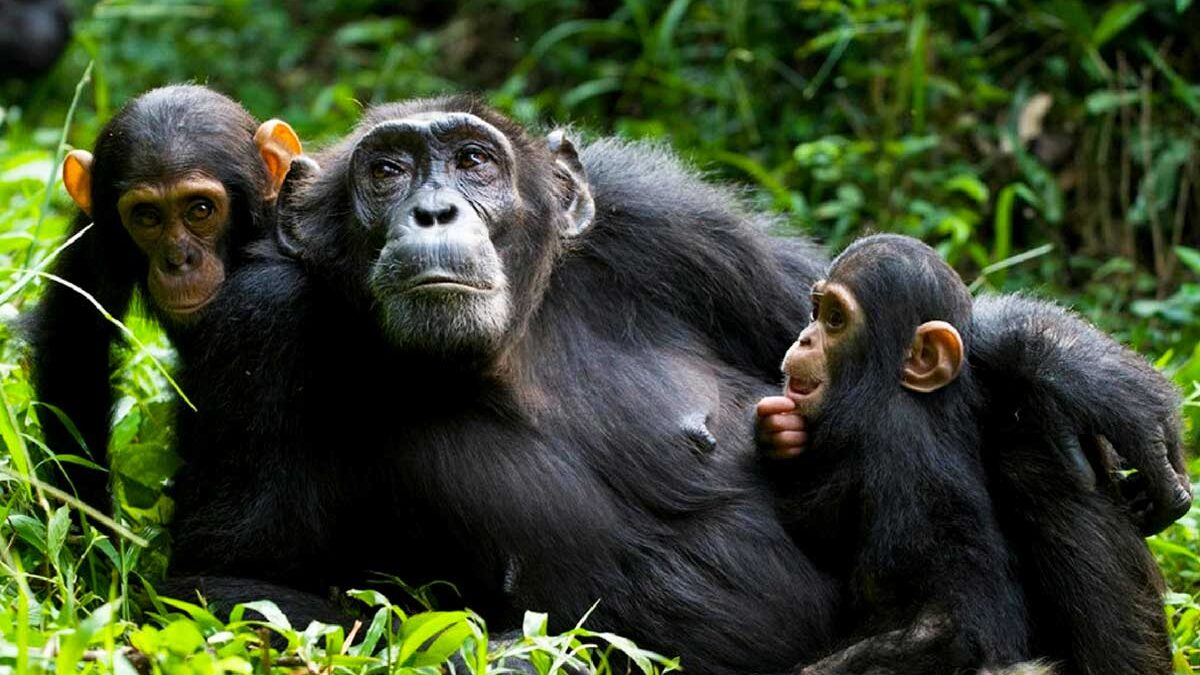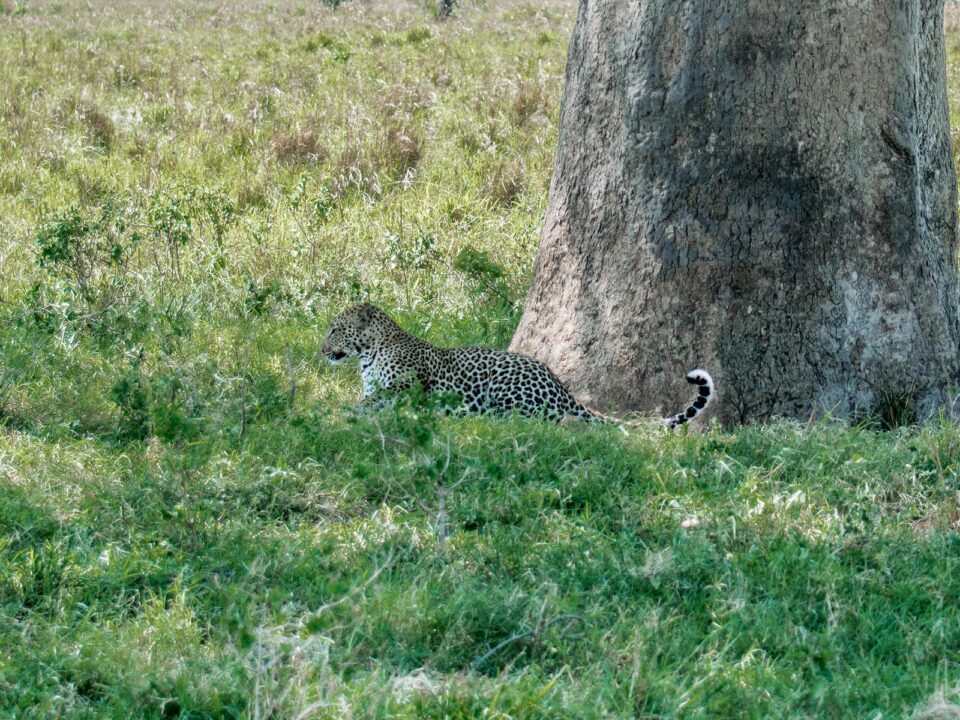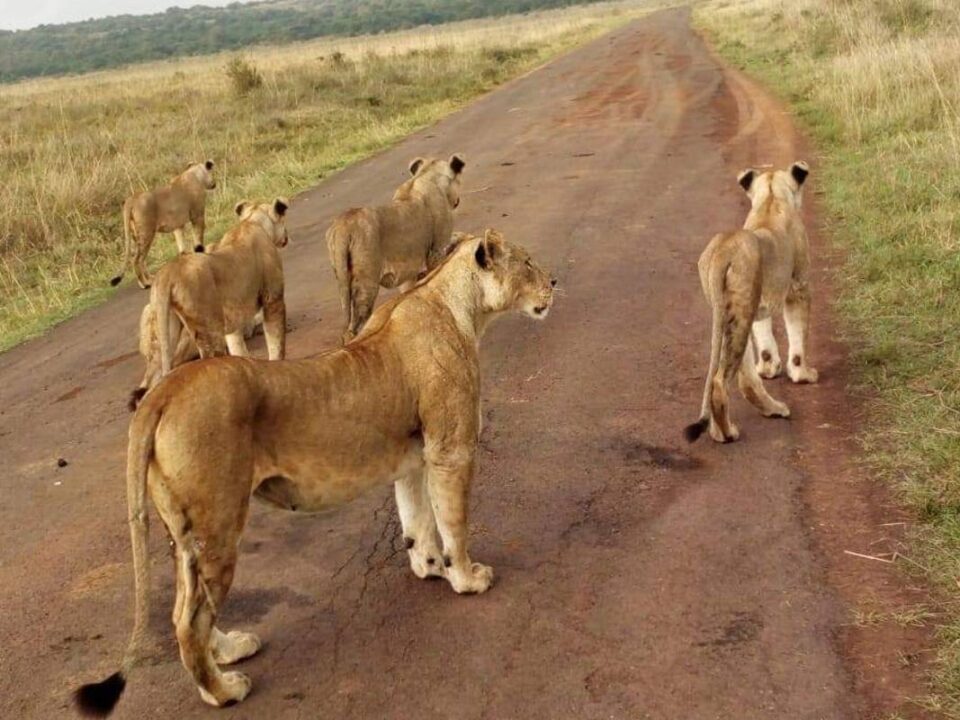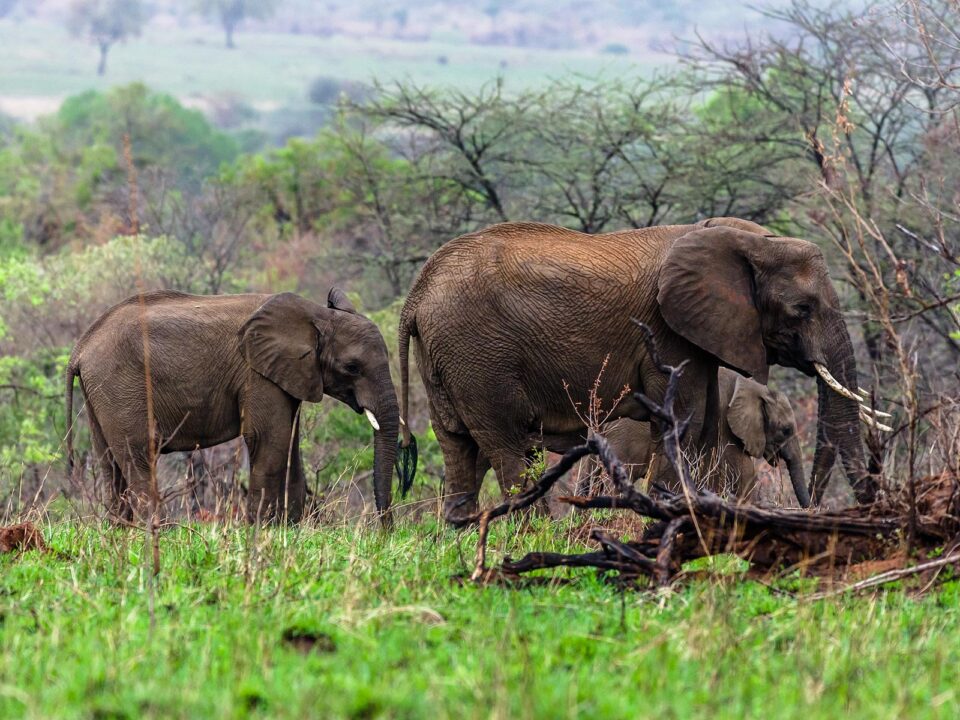Travel Guide to Kibale Forest National Park

Bird Watching Trips to Kibale Forest
February 3, 2024
Guided Night Walks in Kibale Forest National Park
February 3, 2024Comprehensive Travel Guide to Kibale Forest National Park – Unveiling Chimpanzee Tracking and Nature Walks
Travel Guide to Kibale Forest National Park — Embark on an enthralling journey to Kibale Forest National Park, a captivating destination nestled alongside the Ngdali-Kasende Crater Lakes. This traveler’s haven presents an enticing blend of budget-friendly accommodations, easy accessibility, breathtaking landscapes, and a diverse array of activities. Nature enthusiasts are drawn to this park for its unique opportunity to witness a plethora of forest birds and engage in exhilarating chimpanzee tracking, along with encounters with various primate species.
Established in October 1993, Kibale Forest National Park encompasses a sprawling 766 square kilometers, stretching southwards from Fort Portal to seamlessly connect with the Queen Elizabeth National Park. Featuring patches of grassland and swamp amid its dominant rainforest vegetation, the park spans altitudes of 1,100-1,590m, showcasing a floral composition transitioning between eastern Afro-montane and western lowland forest.
Fauna and Flora Marvels of Kibale Forest
Kibale Forest boasts a rich tapestry of wildlife, with at least 60 mammal species, making it particularly renowned for its primate diversity. Among the thirteen primate species recorded are vervet, red-tailed, L’Hoest’s, and blue monkeys, grey-cheeked mangabey, red colobus, black-and-white colobus, olive baboon, and the iconic chimpanzee. The park also harbors elusive large mammals, including lion, leopard, elephant, buffalo, and various other fascinating species.
Avian Paradise – Bird Watching in Kibale
With approximately 335 bird species, Kibale Forest provides an avian paradise for bird enthusiasts. Notable species include Nahan’s francolin, Cassin’s spine tail, blue-headed bee-eater, masked apalis, and the recently sighted green-breasted pitta. The nearby Bigodi Wetland Sanctuary, a community development initiative, serves as a prime bird-watching spot with a well-laid trail, offering opportunities to observe localized species.
Wildlife Encounters in Kibale
Beyond primates, Kibale National Park is home to an array of terrestrial mammals, including red and blue duikers, bushbucks, sitatungas, bushpigs, giant forest hogs, warthogs, African buffalo, and carnivores like leopards and African golden cats.
Chimpanzee Haven – The Primate Capital of the World
Renowned as the primate capital of the world, Kibale Forest shelters an impressive lineup of primates, such as Olive Baboons, Bush babies, Black and White colobus, Potto, Vervet monkeys, Blue monkeys, Grey Cheeked Mangabeys, Ugandan red colobus, L’Hoest’s monkey, Red-tailed monkey, and Uganda Mangabeys.
Bird Watching Extravaganza at Bigodi Wetland Sanctuary
Delve into the avian extravaganza at the Bigodi Wetland Sanctuary, where 138 bird species await your discovery. Guided walks along the boardwalk trail and viewing platforms offer glimpses of species like the White-spotted Flufftail, Yellow-spotted Barbet, Hairy-breasted Barbet, and Superb Sunbird.
Engaging Activities in Kibale Forest National Park
The park offers a spectrum of activities, with guided chimp-tracking excursions from Kanyanchu being a highlight. The Bigodi Wetland Sanctuary’s guided walking trail ensures memorable monkey viewing and exceptional birding. Unguided exploration opportunities abound along the main road through the forest and around Bigodi Trading Centre and Kanyanchu Camp.
Best Time to Visit and Accessibility
Kibale National Park welcomes visitors throughout the year, with the dry season (June to September and December to February) considered ideal. The wet or rainy season (March to May and October to November) provides a unique experience for bird watchers.
Getting There and Accommodation
Access Kibale Forest National Park by road, either via the Mubende-Fort Portal route or the Kampala-Mbarara-Kamwenge route. Alternatively, opt for air travel with flights from Entebbe airport or Kajjansi to Nyakisharara airstrip in Mbarara or Kasese airstrip. Numerous accommodation options, including Kibale Forest Camp, Primate Lodge, Kyaninga Lodge, Ndali Lodge, and others, await your overnight stay.
Embark on an unforgettable odyssey through the enchanting landscapes of Kibale Forest National Park, where nature’s wonders and vibrant biodiversity promise an immersive and awe-inspiring adventure.




